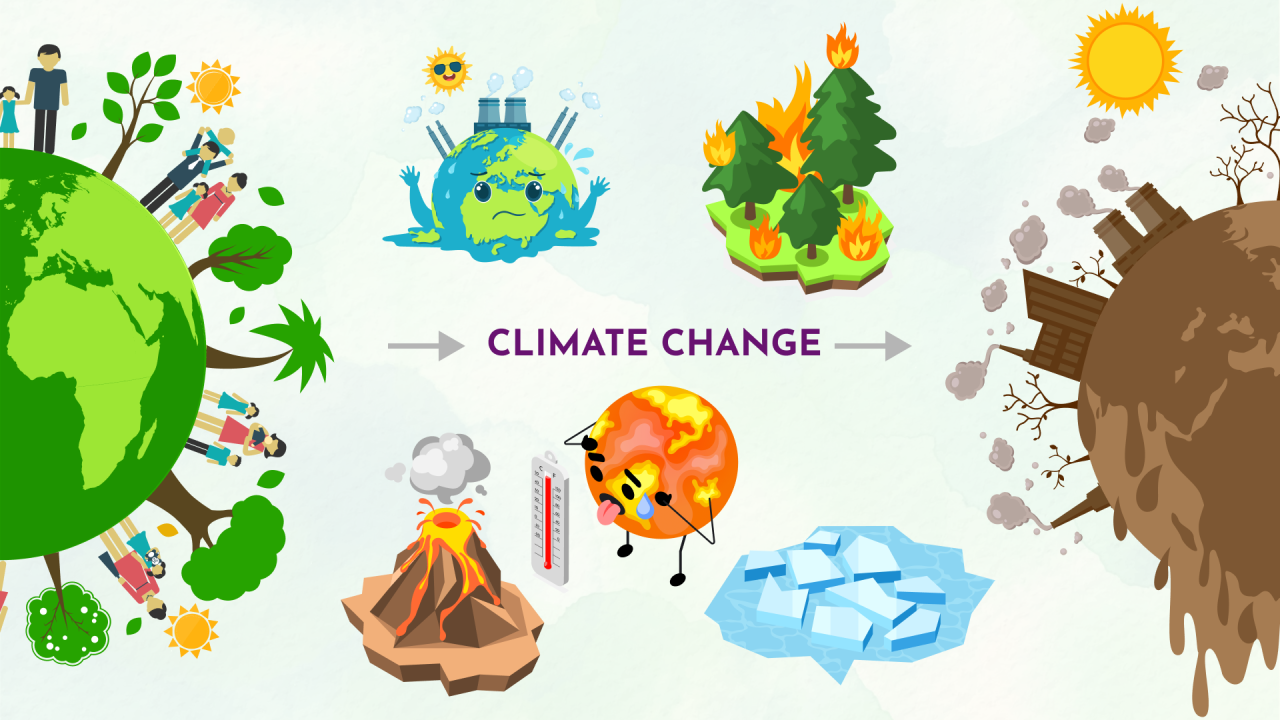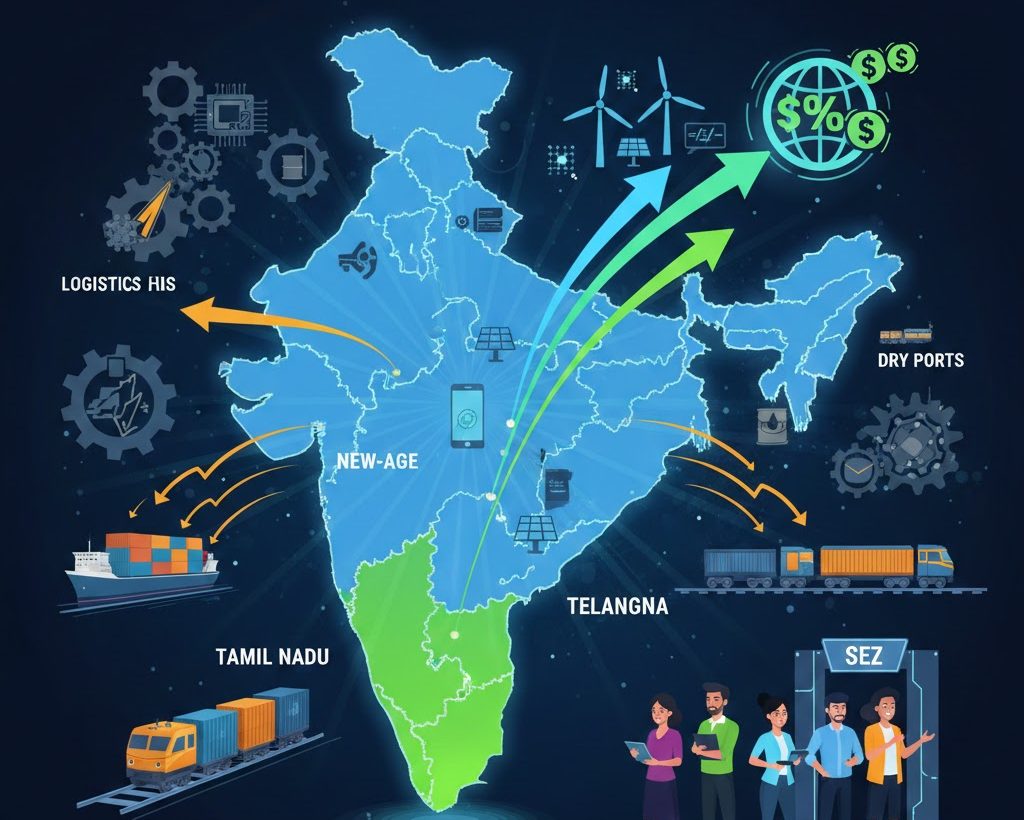GDP Growth rate slows down to Five-Quarter Low
Context:
India’s real GDP growth fell to a five-quarter low of 6.7% in April-June 2024-25, primarily due to slower growth in agriculture, government spending, and services, according to the data from the National Statistical Office (NSO).
More in News:
Investment and Consumption Trends
- Public spending slowed, with government consumption contracting by 0.2% due to elections.
- Private consumption demand reached a seven-quarter high, growing by 7.4% compared to 5.5% in the previous year.
- The lower growth performance is primarily due to underspending in capital expenditure, which, according to CGA data, declined by 35.0% in the first quarter.
- In both the interim and final budgets for FY 2025, the GoI has provided for an annual growth in capital expenditure of around 17.0 per cent.
Sectoral Trends:
- Manufacturing and construction grew by 7.0% and 10.5% in April-June, up from 5% and 8.6% a year ago.
- Agriculture posted a Gross Value Added (GVA) growth rate of 2.0 per cent in April-June as against 3.7 per cent growth in the year-ago period.
- In the services sector,
- Trade, Hotels, Transport, Communication & Broadcasting Services recorded GVA growth of 5.7 per cent in April-June, slower than 9.7 per cent in the year-ago period.
- Financial, Real Estate & Professional Services grew by 7.1 per cent in Q1 compared with 12.6 per cent in the year-ago period.
- Public Administration, Defence & Other Services grew by 9.5 per cent in Q1 as against 8.3 per cent in the year-ago period.

Other Factors Contributing to Slowdown in GDP growth rate
- Reduced Government Spending: The first quarter of FY 2024-25 saw reduced government spending due to parliamentary elections, with government final consumption expenditure (GFCE) declining by 0.24% year-on-year to ₹4.14 lakh crore.
- Slower Bank Credit Growth: Bank credit growth slowed from 15% to 12% in this quarter, which affected investment and consumption as businesses and consumers faced challenges in accessing financing.
- Adverse Weather Conditions: A severe heat wave during March-May 2024 led to modest growth of 2.0% in the agriculture sector.
- High Base Effect from Previous Year: The GDP growth rate of 6.7% in Q1 FY25, down from 8.2% in Q1 FY24, reflects a challenging comparison due to the high growth base from the previous year.
- Close Alignment Between GVA and GDP Growth Rates in Q1 FY25:
- In Q1 FY25, the overall GVA growth rate was 6.8%, lower than the 8.3% recorded in Q1 FY24.
- Typically, GVA is lower than GDP, but this time it was 0.1 percentage points higher.
- GDP equals GVA plus net product taxes (minus subsidies).
- Normally, real GDP growth surpasses GVA due to positive contributions from indirect taxes net of subsidies.
- However, central government subsidies grew by only 3.6% in the first quarter, with a negative growth of (-)10.9% in the first four months of FY25.
- This suggests that GVA and GDP growth rates are likely to remain closely aligned in the future.
GDP-GVA Diversion Link:
GDP-Tax Link: The GDP of a country can be influenced by the difference between the taxes collected and the subsidies provided by the government. When the taxes earned by the government exceed the subsidies given out, the GDP will be higher than the GVA. This occurs because GDP includes the net impact of taxes and subsidies, whereas GVA represents the production value without these fiscal elements. A sharp increase in GDP could indicate higher tax collections. This, in turn, may signify better tax compliance, broader tax coverage, or a more efficient tax administration system. However, if the growth rate of GDP is lower than that of GVA, several factors could be at play. One possibility is that the government is providing higher subsidies, which would reduce the GDP relative to GVA. Another factor could be the significant growth of the non-taxable part of the economy, such as agriculture, where output increases but is not fully captured in tax revenue, thus leading to a disparity between GDP and GVA growth. Additionally, if there is widespread tax evasion, the collected taxes will be lower than expected, resulting in GDP growth lagging behind GVA growth. |




